Most Fresco Secco wall paintings in Horyuji monastery Golden-Hall
were scorched by fire in 1949. Before the desaster, many photographs
had been taken, but colour plates are rare, because three negative-plates
were needed for one color photo before KODAK invention of colour negative film.
M. Sullivan ,The Arts of China,1973, Berkeley :
These paintings, after miraculously surviving for twelve centuries, were almost totally destroyed by fire in 1949, a disaster to the art of the world as great as if the frescos of Sistine Chapel or those in the cave-temples of Ajanta had perished
Regrettfully, few fine images of Horyuji fresco has been found in INTERNET, so I dare make them dedicating to lost beuties.
Many scholars regard the date late 7th century, when Horyuji was rebuilt after ACE670 Fire Disaster.
The artist/ artists is unkown. Some koreans claimed that Tamjing of Koguryo
should be the artist, but it isn't correct.
The reasons:
 No.6 wall, Amitabha Buddha Pradise, left detail, Mahasthamaprapta
No.6 wall, Amitabha Buddha Pradise, left detail, Mahasthamaprapta
|
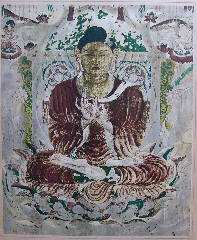 No.6 wall, Amitabha Buddha Pradise, center detail, Amitabha Buddha
No.6 wall, Amitabha Buddha Pradise, center detail, Amitabha Buddha
|
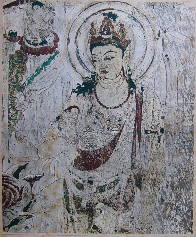 No.6 wall, Amitabha Buddha Pradise, left detail, Avalokitesvara
No.6 wall, Amitabha Buddha Pradise, left detail, Avalokitesvara
|
 No.6 wall, Amitabha Buddha Pradise, left detail, Mahasthamaprapta
No.6 wall, Amitabha Buddha Pradise, left detail, Mahasthamaprapta
|
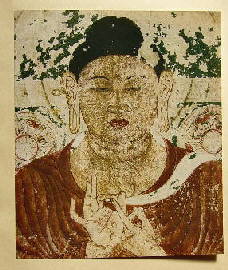 No.6 wall, Amitabha Buddha Pradise, center, Amitabha Buddha, bust detail
No.6 wall, Amitabha Buddha Pradise, center, Amitabha Buddha, bust detail
|
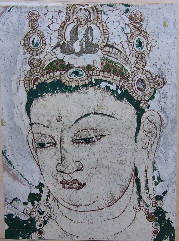 No.6 wall, Amitabha Buddha Pradise, left detail, Avalokitesvara
No.6 wall, Amitabha Buddha Pradise, left detail, Avalokitesvara
|
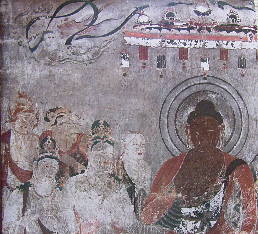
No.10 wall, Bhaisajyaguruvaidurya-tathagata paradise, upper left detail
|
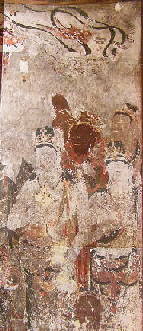
No.10 wall, Bhaisajyaguruvaidurya-tathagata paradise, upper right detail
|
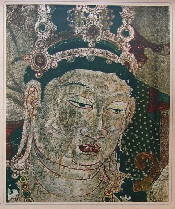
No.10 wall, Bhaisajyaguruvaidurya-tathagata paradise, Bodhisatva head
|
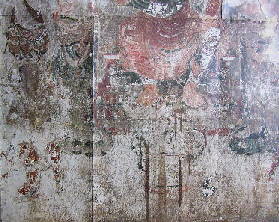
No.10 wall, Bhaisajyaguruvaidurya-tathagata paradise, bottom left detail.
|
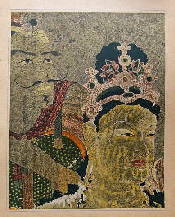
No.10 wall, Bhaisajyaguruvaidurya-tathagata paradise, Bodhisatva and Guardian,
|
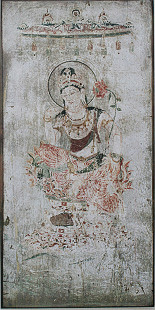
No.2 wall, Bodhisatva, whole.
|
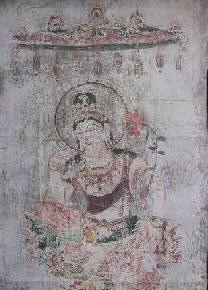
No.2 wall, Bodhisatva, center detail.
|
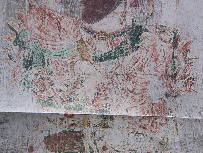
No.2 wall, Bodhisatva, bottom half, thorne detail
|
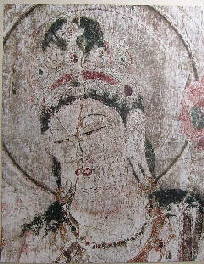
No.2 wall, Bodhisatva, Head
|
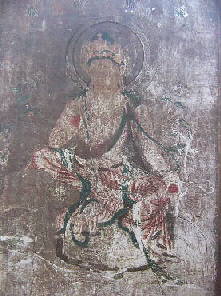
No.11 wall, Samantabhadra, center detail
|
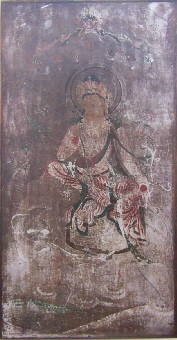
No.11 wall, Samantabhadra, whole
|
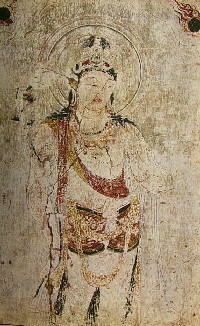
No.3 wall, Avalokitesvara, center
|
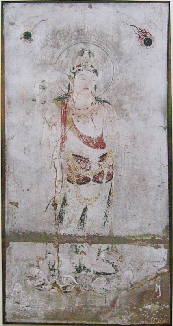
No.3 wall, Avalokitesvara, whole
|
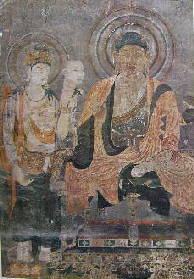
No.1 wall, Shakyamuni Buddha Paradise, center left detail
|
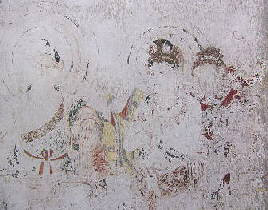 No.9 wall, Maytolaya-Buddha paradise, upper right detail
No.9 wall, Maytolaya-Buddha paradise, upper right detail
|
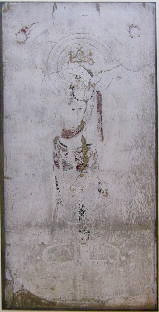 No.7 wall, Bodhisatva, whole
No.7 wall, Bodhisatva, whole
|
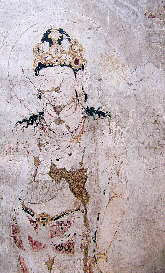 No.4 wall, Bodhisatva, center detail
No.4 wall, Bodhisatva, center detail
|
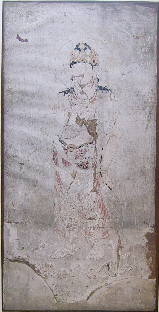 No.4 wall, Bodhisatva, whole
No.4 wall, Bodhisatva, whole
|
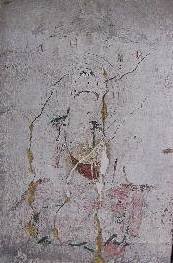 No. 8 wall, Manjyushuli, center detail
No. 8 wall, Manjyushuli, center detail
|
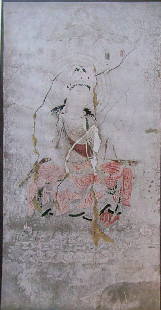 No. 8 wall, Manjyushuli, whole
No. 8 wall, Manjyushuli, whole
|
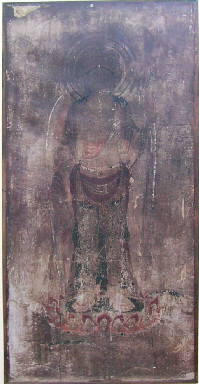
No.12 wall whole , Avalokitesvara.
|
|
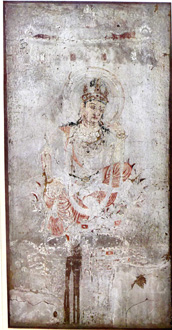 No.5 wall, Bodhisatva, whole
No.5 wall, Bodhisatva, whole
|
 No.5 wall, Bodhisatva, center detail
No.5 wall, Bodhisatva, center detail
|
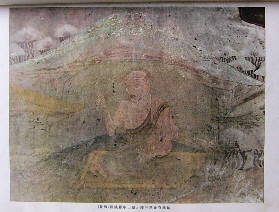
Outer section small wall, Arhat
|
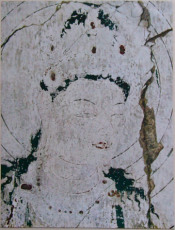
No. 8 wall, Manjyushuli, head。
|
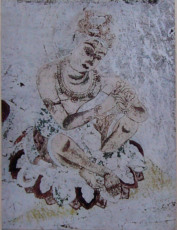
No.6 wall, Amitabha Buddha Pradise, upper left detail
|
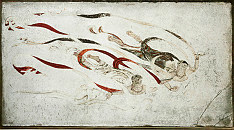
Aprasas No.14 (survived after fire) *1
|
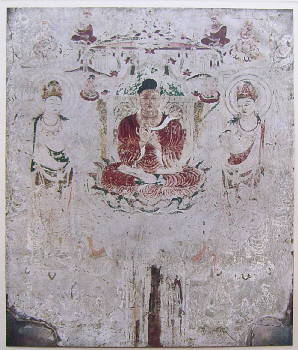 No.6 wall, Amitabha Buddha Pradise Whole *1
No.6 wall, Amitabha Buddha Pradise Whole *1
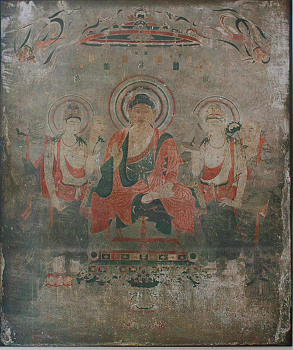 No.1 wall, Shakyamuni Buddha Paradise, Whole *1
No.1 wall, Shakyamuni Buddha Paradise, Whole *1
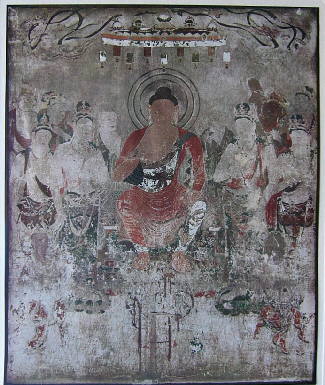 No.10 wall, Bhaisajyaguruvaidurya-tathagata paradise, Whole *1
No.10 wall, Bhaisajyaguruvaidurya-tathagata paradise, Whole *1
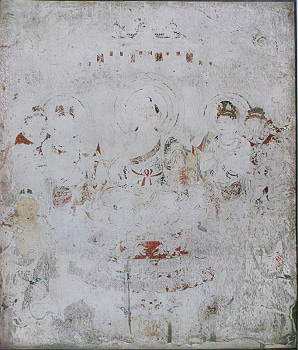 No.9 wall, Maytolaya-Buddha paradise, Whole*1
No.9 wall, Maytolaya-Buddha paradise, Whole*1